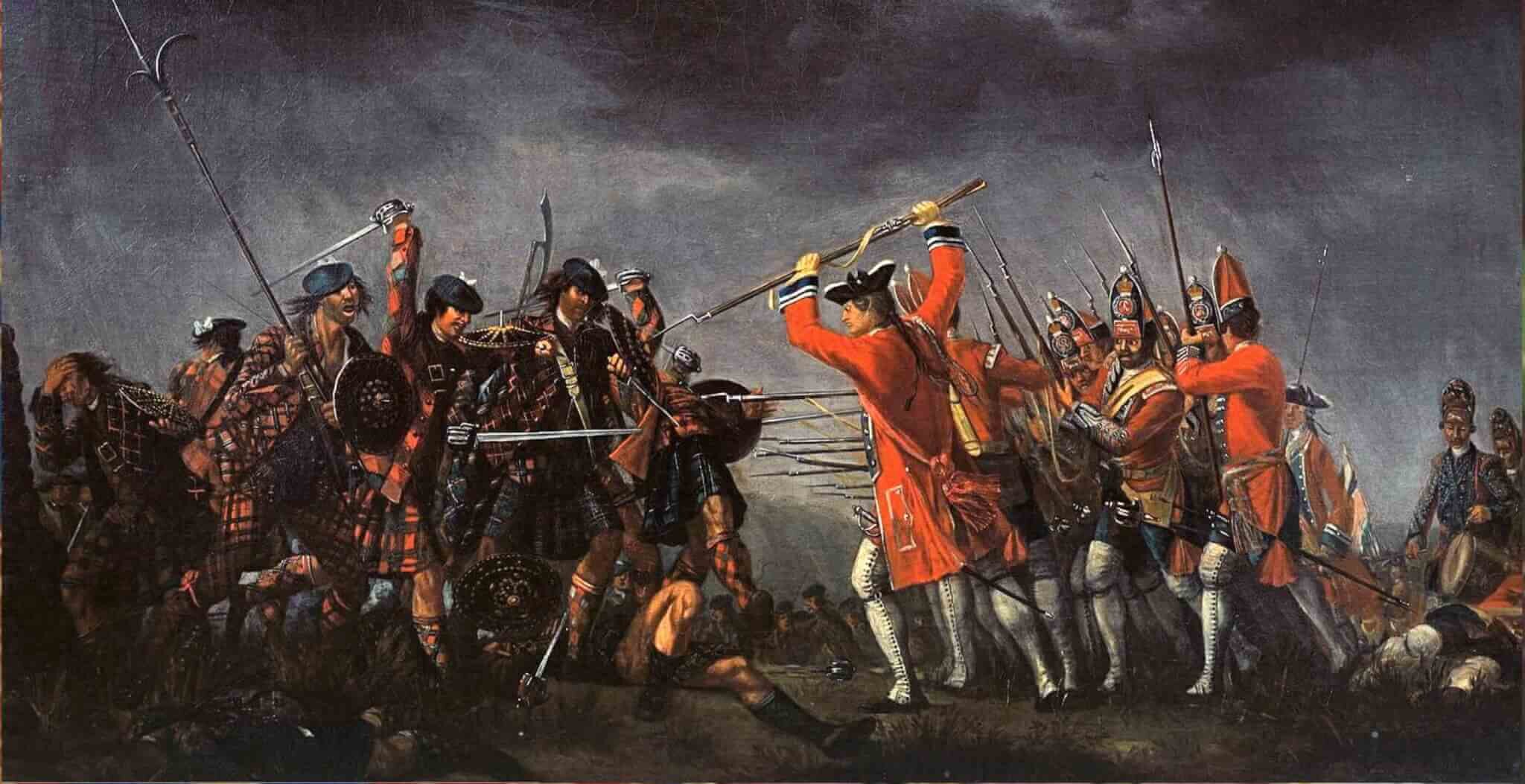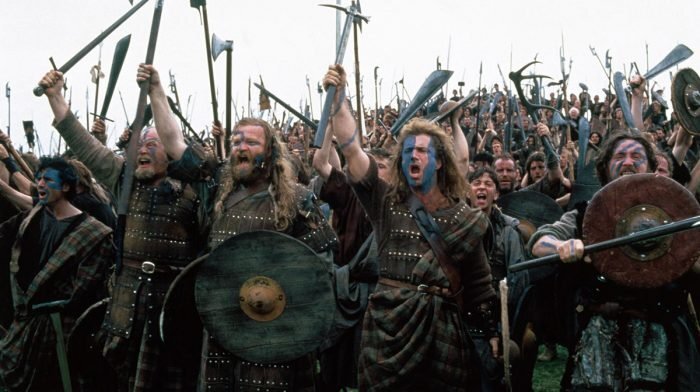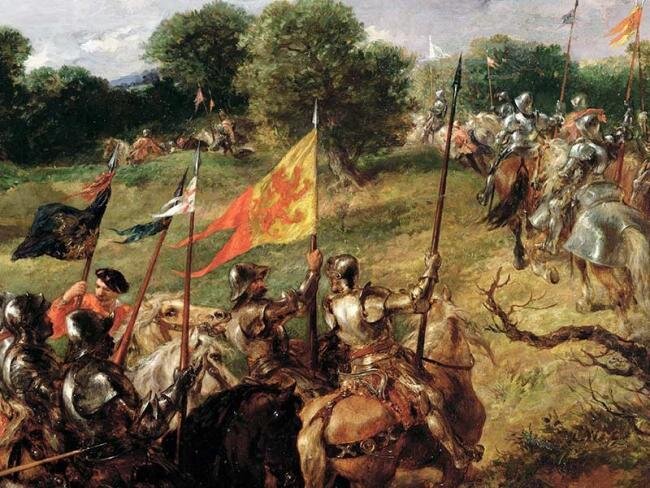W E A P O N R Y
As with all new nations, Scotland’s inhabitants developed and improved weaponry with new materials and methods.
Scotland’s Stone Age inhabitants started to use the materials around them to shape tools and weapons. Simple stone axes started to take the form we now recognise. Sharp flint blades and rounded stone axe-heads can be found throughout Scotland. The main purpose of these weapons would have been to improve the hunter's skill, examples such as the Axe Hammer and the Bow and Arrow would also have certainly been used in tribal conflict.
With the advent of bronze, more sophisticated weapons such as the Bronze Axe and Bronze Spear evolved and examples of weapons such as the Halberd that would probably have no other use than in battle have been found. Celtic tribes dominated the late bronze age period, with their art and craft developing similar forms to their Irish neighbours in Ireland, so warriors from this period would probably have worn a Celtic Sword and Celtic Scabbard.
In the pitched battles of tribal conflict however, the Javelin would have been used as a throwing weapon and the Gaesum Spear as a thrusting weapon.
The existence of the Picts who occupied Scotland in the first millennium are largely unrecorded, however archaeological finds as well as Roman and early Christian references give an insight into their lives. The Pictish Sword and Pictish Scabbard used identifiable Pictish ornamentation on their weapons. Carved stones from this period show that Pictish warriors carried small shields such as the Pictish Buckler or the peculiar H-Shield, and were protected by a Pictish Helmet. The Carnyx would also have been carried into battle by the painted tribes, its animal head producing strange and terrifying sounds.
The early Celtic and Pictish tribes were gradually absorbed into the new kingdom of the Scots, but during this period the Romans invaded Northern Scotland. Siezed Roman weapons such as the Roman Sword and Roman Shield were highly prized.
Vikings established many settlements which have provided examples of Viking warriors buried with their weapons such as Viking Sword, Viking Scabbard and Viking Helmet.
Medieval Scotland was a scene of constant battle with the southern English neighbours, but the troopers from Scottish regiments were only equipped with simple weapons such as the Schiltron Pike or Medieval Axe. The 13th and 14th Century Swords show blades becoming more sophisticated, lighter and better balanced.
In the 16th and 17th conscripts to the covenanting armies were issued with weapons such as the Long Pike and Steel Cap but most self-respecting highlanders carried a Claymore or Broadsword.
Ultimately the effectiveness of firearms ended the use of body armour and Scotland had recognised designs such as the brass Snaphaunce Pistol and the curve butted Fowling Piece. Regiments now carried Infantry Colour with flags and ensigns and were led into battle with the uplifting drone of the Highland Bagpipes.













